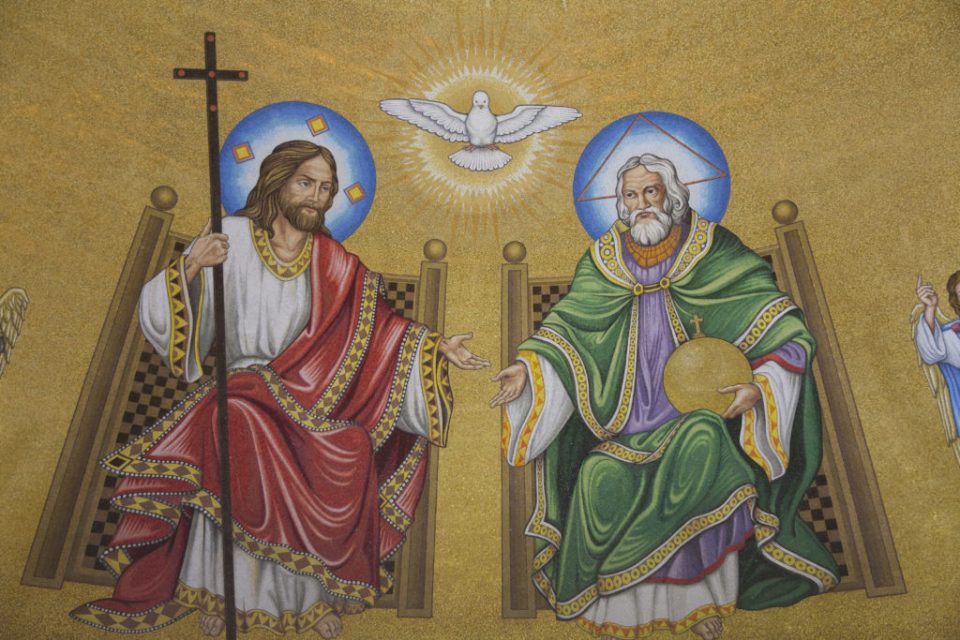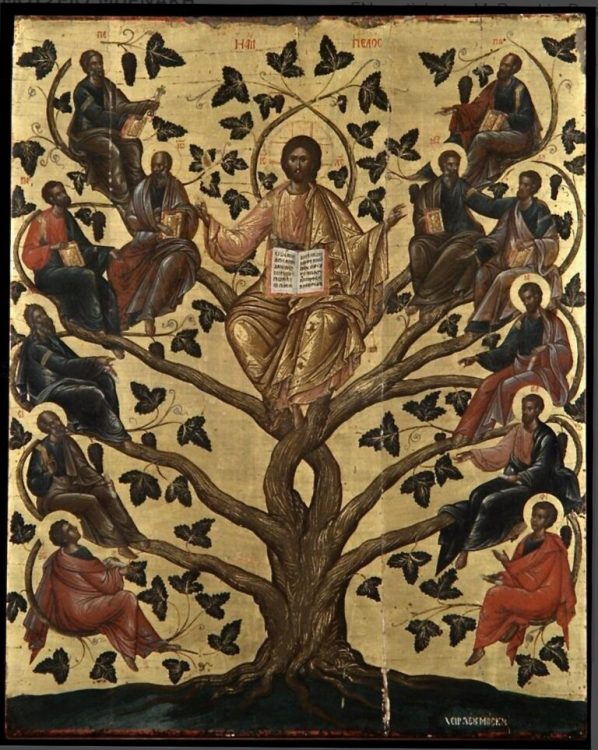Michelle Arnold: Searching for the True Spirit of Advent

Patti Armstrong: The Devil Behind Population Decline
December 6, 2018
When the Church is Silent, We Support Sexual Immorality (When the Church is Silent, #7 of 10)
December 6, 2018
By Michelle Arnold, Catholic Answers, December 05, 2018
 What’s the difference between Advent and Lent?
What’s the difference between Advent and Lent?
Both seasons are about conversion of heart, both are penitential in nature, and both are observed in hopeful expectation of a foundational event in the life of Christ—his birth and his resurrection. True, Lent also comes with mandatory fasting and abstinence regulations… so is Advent just a “Lent lite”?
It may seem that way to some, but Advent actually has its own spiritual and liturgical flavor. The Directory on Popular Piety and the Liturgy describes it this way:
Advent is a time of waiting, conversion and of hope: waiting-memory of the first, humble coming of the Lord in our mortal flesh; waiting-supplication for his final, glorious coming as Lord of history and universal judge; conversion, to which the liturgy at this time often refers, quoting the prophets . . . joyful hope that the salvation already accomplished by Christ . . . and the reality of grace in the world, will mature and reach their fullness, thereby granting us what is promised by faith.
To begin to appreciate the “true meaning of Advent,” we can look to a few of the saints of Advent: the models of Christian perfection to whom the Church points for our edification during these three to four weeks.
St. Francis Xavier, whose feast is December 3, was one of the original members of the Society of Jesus. He is best known for his mission trips to the Far East, opening India and Japan to the spread of the gospel. Francis hoped to do the same in China but died on the journey. His success at evangelism led to him being named a patron saint of the missions.
Not as well-known was Francis’s reputation as a wonder-worker. He cured the sick, restored hearing and speech to the deaf and mute, multiplied coins that he gave to the poor, and raised the dead. In other words, he performed the same kind of deeds that heralded the coming of the Messiah into the world (Matt. 11:4–5). Christ promised that his followers would perform mighty deeds in his name as signs that they were sent by him (Mark 16:15–18).
Not much is known for certain about St. Nicholas of Myra, the bishop whose feast we celebrate today, but the legends surrounding him are rich and varied. He was also believed to be a wonder-worker, but he is better known for his love for children and generosity to the poor. Although historians doubt he was present at the Council of Nicaea, he’s lauded as a fierce defender of orthodoxy, and the apocryphal tale that he slugged the heretic Arius at that council makes the rounds of the internet every December.
On December 12, we remember the apparitions of Our Lady of Guadalupe to the peasant visionary, St. Juan Diego (whose on feast is December 9). Our Lady’s appearance to the indigenous convert inspired the conversions of millions of native Mexicans within a decade after the apparitions. Although Juan Diego pleaded with Our Lady to send a more worthy emissary to give her message to the bishop that she wanted a church built in her name on Tepeyac Hill, she insisted on lifting up a poor man to speak for her to those in power in Mexico City. Juan Diego spent the remainder of his life spreading the Virgin’s message to him.
St. John of the Cross, mystic and reformer of the Carmelites, is remembered on December 14. He was a priest and theologian who wrote extensively on “the dark night of the soul.” The “dark night” is often misunderstood to be a time of spiritual desolation, but, rather, it was John’s metaphor for explaining the soul’s journey to union with God. This journey is reminiscent of our journey through Advent, as we wait in joyful hope for the coming of Christ, who is the light of the world (John 1:1–5).
What lessons can we learn from these saints for better celebrating Advent?
Support the missions. Every Advent, many Catholic parishes in the United States offer calendars from Catholic Extension, an apostolate supporting mission territories in this country. We often think of the US as a fully-developed Christian nation, but there are still many areas in Alaska, the Southwest, and Appalachia where Catholic missionaries work hard to spread the gospel to Americans living in poverty and isolation. During Lent, we are used to giving alms for the corporal needs of the poor; Advent is a good time to remember their spiritual needs.
Promote a culture of life. St. Nicholas was famous for taking a special interest in the needs of children. In addition to donating food, clothes, and toys to children in need at Christmas, during Advent we can support charities that work to promote children’s welfare year-around. Crisis pregnancy centers, domestic violence shelters, children’s hospitals, and local libraries all provide much-needed services to children in need and would be grateful for your time, talent, and treasure. If you want to do a bit of evangelism at the same time, especially to non-Catholics who are providing these services, tell them St. Nicholas sent you.
Remember the lowly. When God entered the world, he chose a tradesman and a young village girl to be his earthly parents, to shelter him until the time came for him to begin his public ministry. Likewise, when Our Lady has appeared, she has invariably chosen to entrust her messages to children or to peasants like Juan Diego. In addition to giving alms to the poor, Advent is a good time to engage them personally, to talk with them and listen to them.
One way to do that would be to volunteer time over the holidays at a homeless shelter or food pantry. Many apostolates to the poor need volunteers willing to give a few hours during the holidays to ladle soup, supervise temporary cold-weather shelters in local churches, and help to distribute the donations of material goods that others donate but don’t take the time to give directly to the poor.
Remain hopeful. This time of year, when the days become short and the nights lengthen, can be hard on many people. It can become a struggle to remember that new light will soon be entering the world. In addition to taking care of the needs of the body, sometimes we also need to remind ourselves not to lose our spiritual perspective. Perhaps we can ask John of the Cross to pray for us that we’ll be able to see the dark nights of Advent as preparation for union with God, seeing as John didthe dark night as preparation for the dawn:
On a dark night, kindled in love with yearnings—oh, happy chance!
I went forth without being observed, my house being now at rest.




